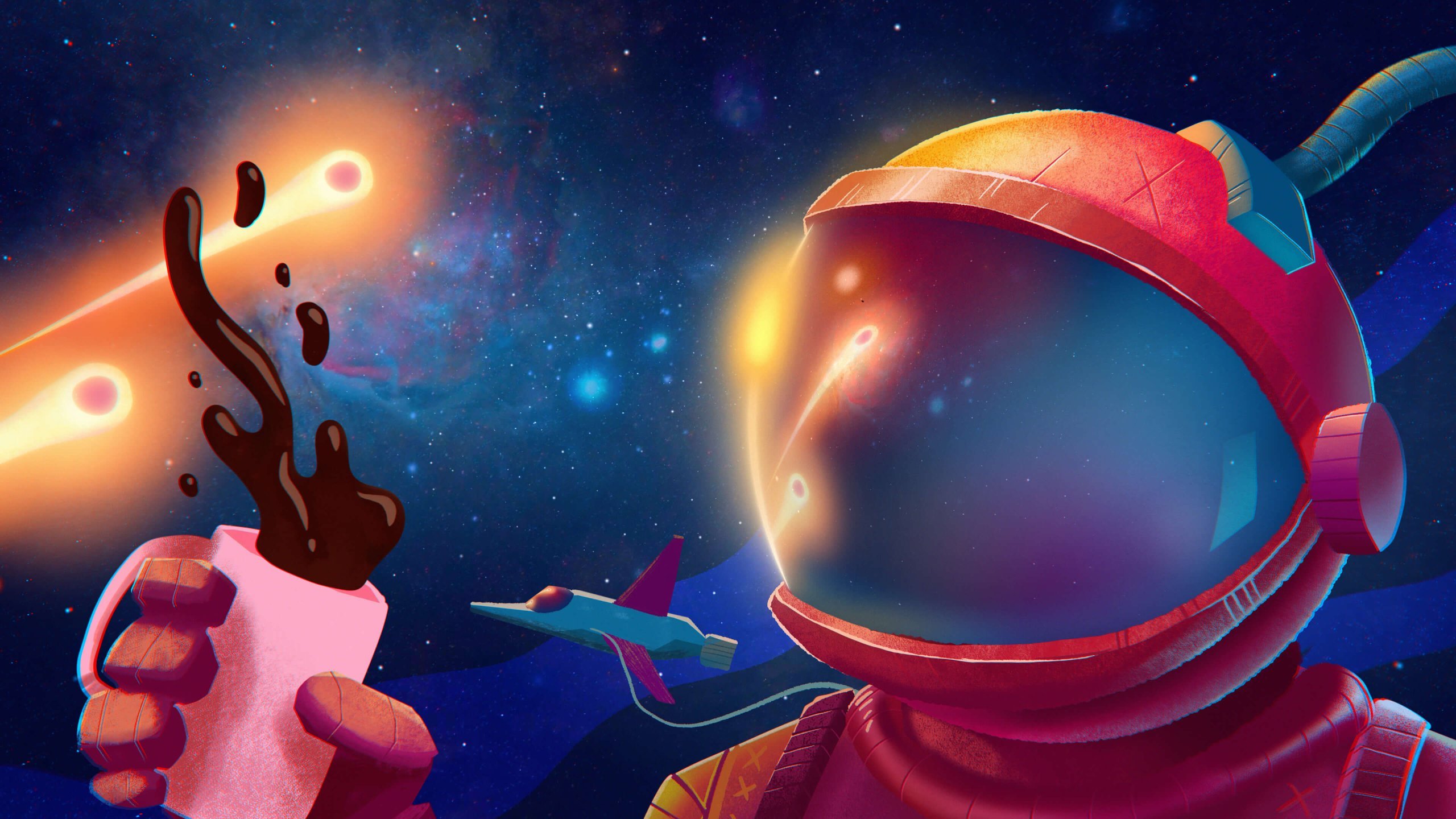Motion Design

Motion Design
We specialize in creating visually stunning motion graphics and animations that captivate audiences and enhance brand storytelling. From explainer videos to product animations, we design engaging content that makes your brand stand out. Motion design is a powerful way to communicate complex ideas simply and attractively, ensuring your message resonates with your audience. Our team blends creativity with the latest technology to produce animations that elevate your marketing campaigns and digital experiences.
Steps for Motion Design Strategies at RG Tech Brain:
1. Understanding Motion Design Principles:
- Learn key principles like timing, easing, and anticipation.
- Understand the importance of composition, contrast, and hierarchy.
- Study industry-standard motion techniques for smooth animations.
2. Choosing the Right Tools & Software:
- Use Adobe After Effects, Cinema 4D, Blender, or other motion design tools.
- Experiment with plugins and scripts to streamline workflows.
- Optimize rendering settings for high-quality output.
3. Creating Engaging Motion Graphics:
- Develop dynamic transitions and animated typography.
- Use storytelling techniques to create compelling animations.
- Implement 2D and 3D elements for depth and realism.
4. Using Animation for Branding:
- Design animated logos and brand intros.
- Maintain a consistent motion style across different platforms.
- Enhance social media content with eye-catching animations.
5. Motion in UI/UX Design:
- Utilize micro-interactions for a seamless user experience.
- Animate UI elements like buttons, loaders, and hover effects.
- Ensure smooth transitions for enhanced user engagement.
6. Special Effects & Visual Enhancements:
- Incorporate particle effects, lighting, and motion blur.
- Experiment with 3D camera movements and parallax effects.
- Use color grading and compositing for a polished look.
7. Optimizing Animations for Performance:
- Balance quality and file size for web and mobile applications.
- Use vector-based animations (Lottie, SVG) for lightweight motion graphics.
- Ensure smooth playback across different devices and screen resolutions.
8. Continuous Learning & Experimentation:
- Stay updated with new animation trends and techniques.
- Analyze motion design in films, games, and advertising for inspiration.
- Experiment with AI-powered motion tools for innovative results.

